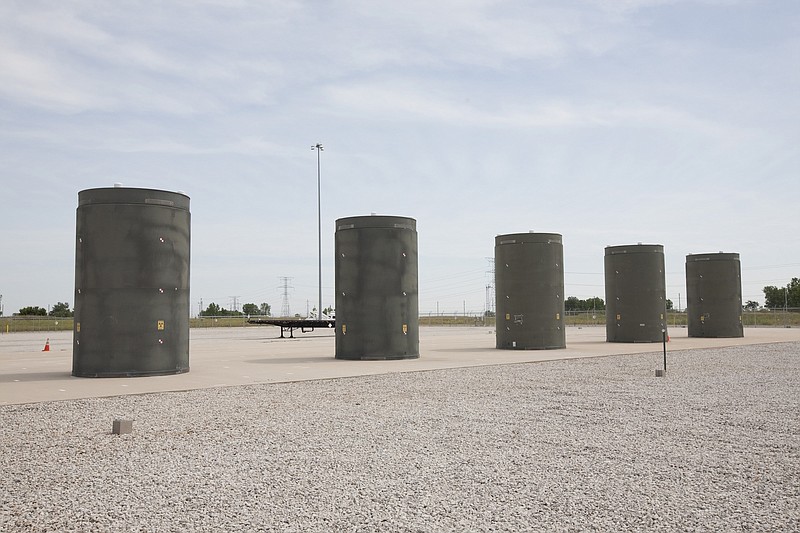A Tennessee anti-nuclear group on Tuesday released a map showing the heart of Chattanooga on a likely route for the transport of nuclear waste on its way to Nevada if the on-again, off-again Yucca Mountain repository is pursued once more by Congress - something currently pondered.
The Tennessee Environmental Council says the map shows highly radioactive waste from 30 nuclear reactors at 16 power plants in eight states plus the Savannah River Site would pass through Tennessee by rail - much of it through Chattanooga and most of it through Atlanta and Nashville.
Each shipment would contain several times more radioactive material than was released by the Hiroshima bomb blast, with 20 to 50 tons of irradiated fuel assemblies in each waste transport canister, according to Don Safer, a member and former chairman of the board of the Tennessee Environmental Council.
Department of Energy studies completed in the 1990s confirmed that accidents in transporting the waste to Yucca Mountain would be a "certainty," due to the large number of shipments required. The shipments also would be vulnerable to attack or sabotage along the hundreds or thousands of miles that each cask would travel.
Currently, this nuclear waste - the spent fuel rods from generating electricity at nuclear power plants like TVA's Sequoyah, Watts Bar and Browns Ferry - is stored onsite at each nuclear plant. First the material goes to cooling pools for about five years, then it is transferred to nuclear casks. The reinforced canisters are stored outside the plants on what is, in essence, a fenced parking lot.
But after President Barrack Obama finally defunded the Yucca Mountain site, some lawmakers have proposed overriding states rights objections by Nevada to again pursue the so-called "permanent" waste repository.
Our choice is grim or grimmer. Do we want highly radioactive - we're talking thousands of years hot - waste sitting on a concrete pad beside our nuclear cooling towers? Or do we want that dangerous waste moving along our crumbling rail lines atop train cargo cars?
Remember the July CSX derailment in Maryville, Tenn., that sent toxic smoke including cyanide pluming for nearly 18 hours, prompting the evacuation of 5,000 residents and sending at least 125 people to the hospital with symptoms of exposure? Officials said at the time that at least 44 people were admitted. About 4,000 tons of soil had to be removed, fish in a nearby creek died and wells were endangered.
Grim or grimmer.
